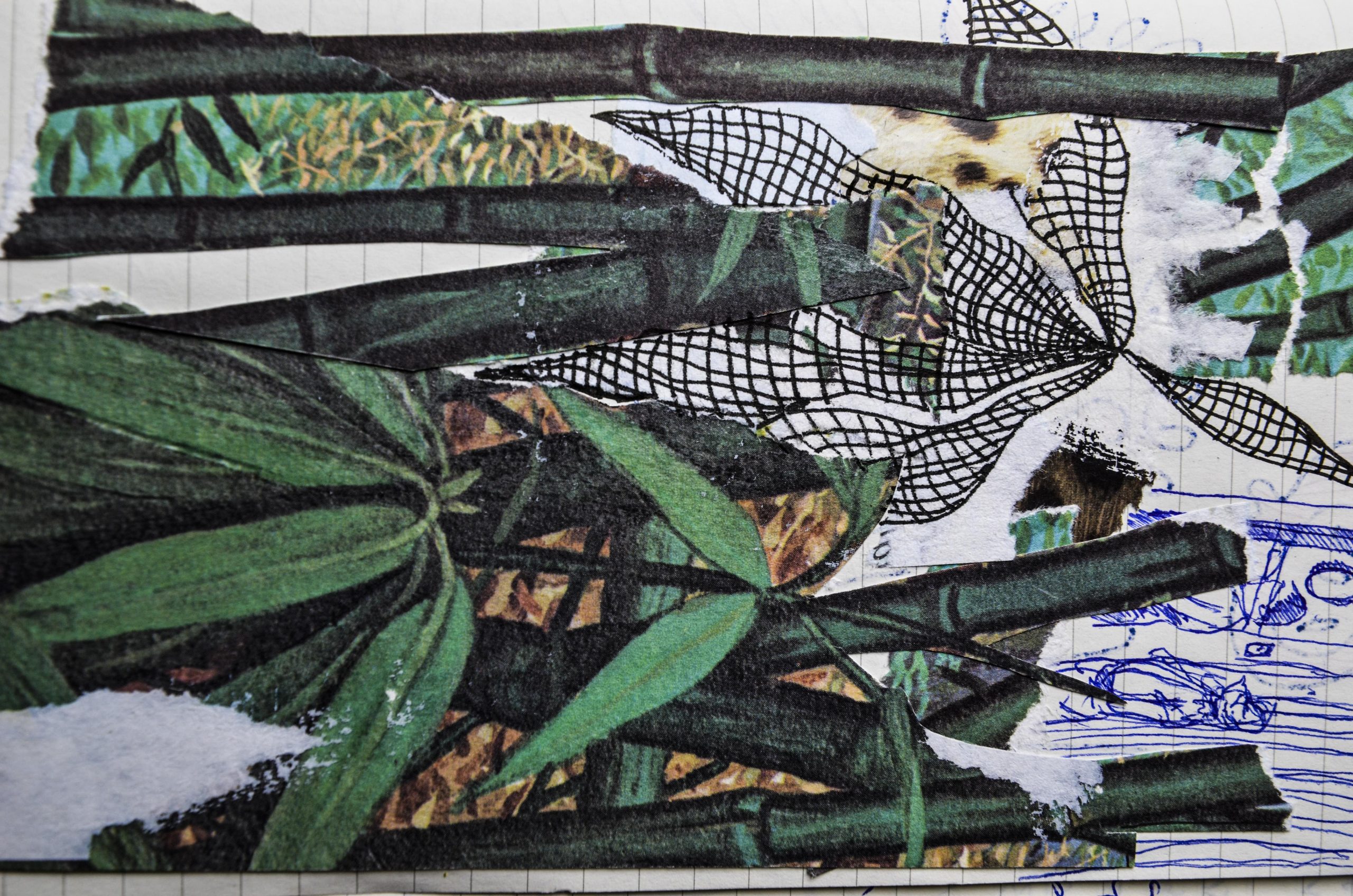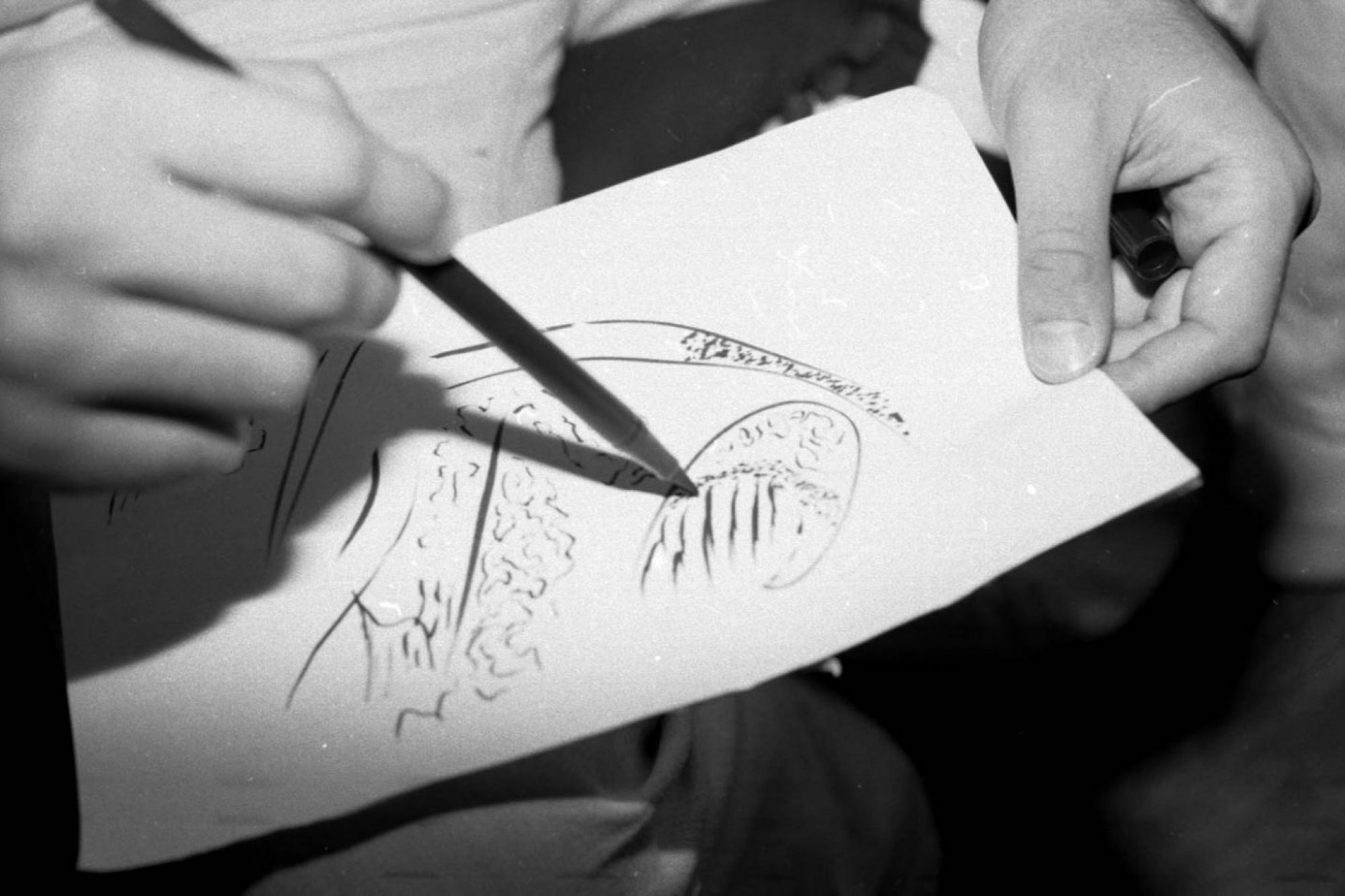As a teacher candidate, I encountered discomfort many times. Discomfort left me questioning my identity, my teaching expertise and the education system. As Deborah Britzman states, experience does not promise clarity or confidence (year). I wrote weekly reflections during my practicum and noticed a thread of negativity. Presently, I ask myself “How can I embrace discomfort as a part of my pedagogy?” Revisiting the topics that cause me discomfort are opportunities to recognize my growth and increase my awareness of the classroom community.

I am exploring two parts to my inquiry:
- What causes personal discomfort for educators?
- How do I incorporate a social justice framework to navigate discomforting topics within the arts?
Teachers face the pressures of needing to know all the answers yet not knowing what to anticipate (Tanaka et. al., 2007). As an educator, this discomfort lies within not having full control of the situation. We owe it to ourselves that we, too, are going through a process of “becoming” and deepen our understanding of how to learn, instead of how to teach (Tanaka et. al., 2007).
I have always had a will to change the world and believing that art can do exactly that. Socially-responsive contemporary art has the ability to open-up the minds of the students and extend art beyond the classroom (Garber, 2004). Students need to look for “what is absent” as well as “what is present (Garber, p. 6, 2004)
References:
Britzman, D. (2003). Practice makes practice. A critical study of learning to teach. Revised edition. State University of New York Press.
Garber, E. (2004) Social Justice and Art Education. Visual Arts Research. Vol. 30, No. 2, pp 4-22.
Tanaka, M., Williams, L., Benoit, Y.J., Duggan, R.K., Moir, L., & Scarrow, J. (2007). Transforming pedagogies: pre‐service reflections on learning and teaching in an Indigenous world. Teacher Development, 11, 109 – 99.
